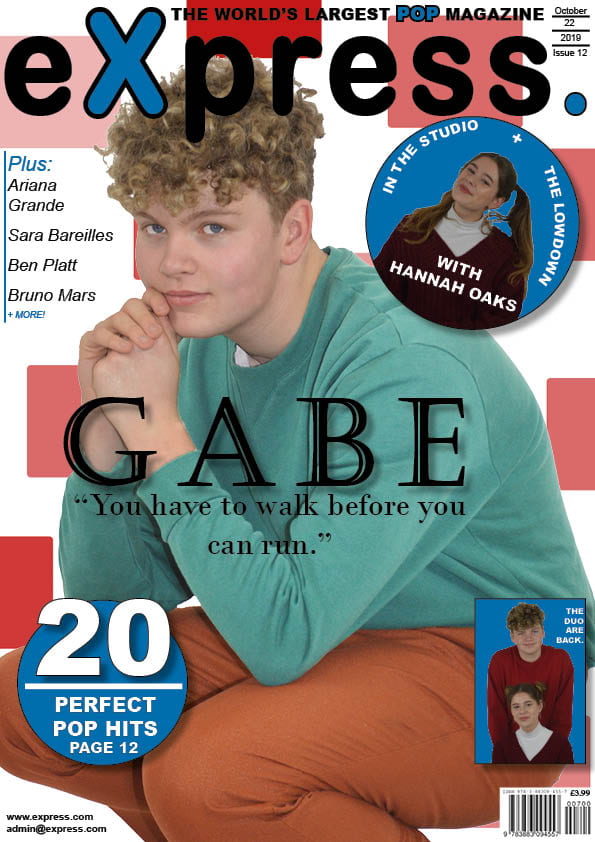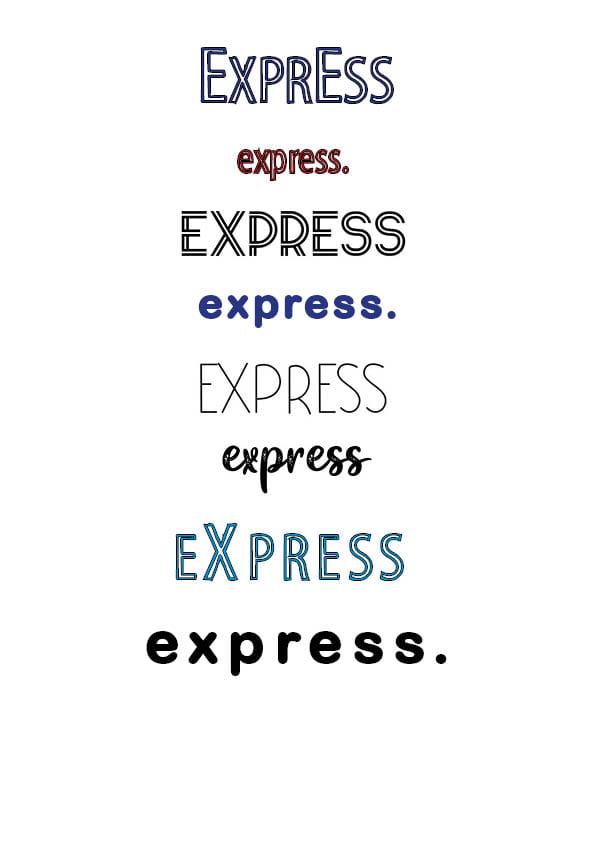Part of the task is to not only take the photos and do the design of the magazine; but I am also required to write the double page article. Therefore, I have analysed an article from a professional music magazine and consider how it is written. I have also considered the target audience and how their needs, uses and pleasure of this media text are fulfilled.
Their needs, uses and pleasures included:
- Up to date information (gigs, trends, available media)
- Fashion ideas / new looks
- Gaining an insight into stars’ lives and personalities
- A reflection of their own values, attitudes and beliefs
My evaluation:

Click on image to see article
This interview from Billboard magazine (June, 20, 2015) by Shirley Halperin is called ‘Adam Lambert: Don’t Look Back’. The artist, Adam Lambert talks about his experience with music artists and producing music. In the interview, we are not aware that there is an journalist present because Lambert is speaking without being interrupted. This makes us as an audience feel more included, as if we are with the artist ourselves. The interview is written in first person which allows us to feel like we are having a conversation with the artist, making the reader feel more important.
There is an obvious introduction and conclusion which sets the scene for the reader, making it clear when the interview was started and ended. In the introduction, Halperin sets the scene by telling the reader that they are in a penthouse in Hollywood and Lambert is “still searching for his sweet spot”. This makes the audience interested in the artist because they want to see what happens next in the artists life and if he finds his “sweet spot”. The conclusion is similar to the introduction as Lambert says “Life’s about exploring new things”. This positive conclusion portrays that it is always good to look forwards and try new things.
The interview has an informal tone, making us feel like we are getting an insight into our favourite artists life. Throughout the interview there are images and colours which also keeps the reader hooked. The quote “I think I’m searching for some sort of answer” makes the reader feel sympathy for the artist as they see his struggles with the music he produces, however the journalist presents the artist in a positive light as a hardworking and ethical artist who respects and loves his fans, likes to take oppourtunities and who pushes himself to be the best person he can be. The reader learns that Lambert analyses his work and is extremely critical of his music, reinforcing his hardworking nature to make his music perfect. Through the soft tone and the use of the first person, the article presents Lambert as a genuine and kind-hearted individual, making the audience like the artist, enabling them to connect with and relate to him.










